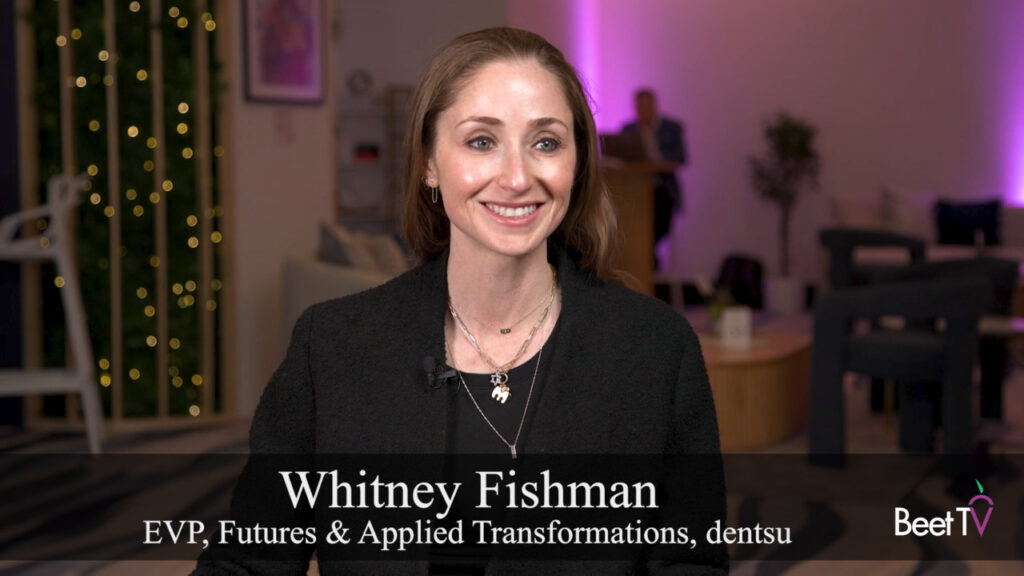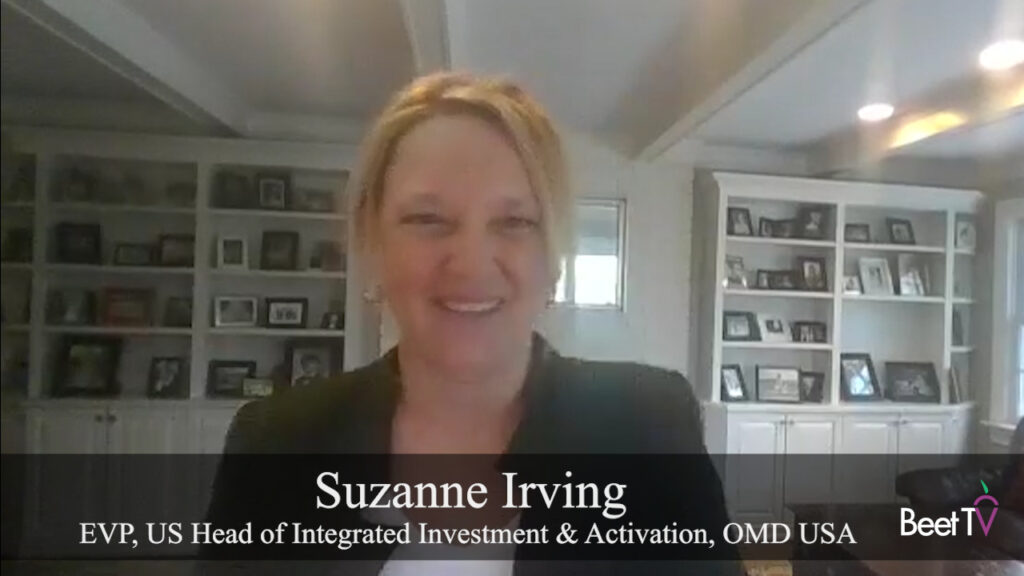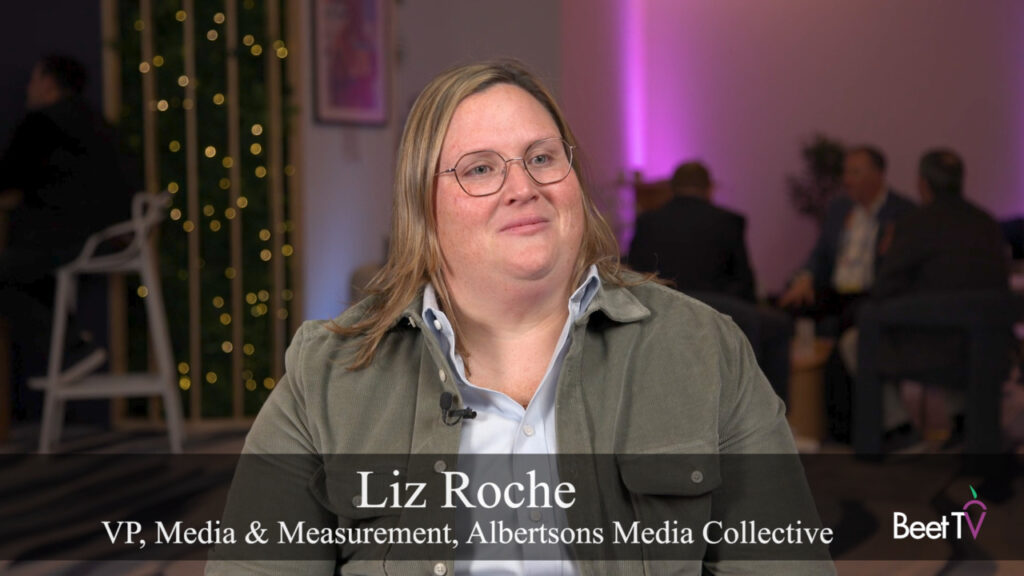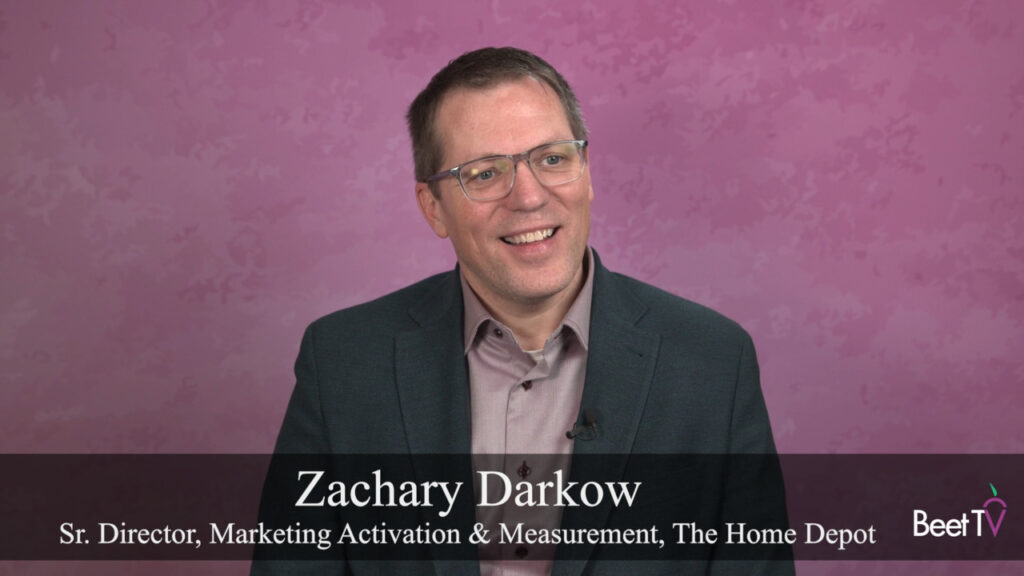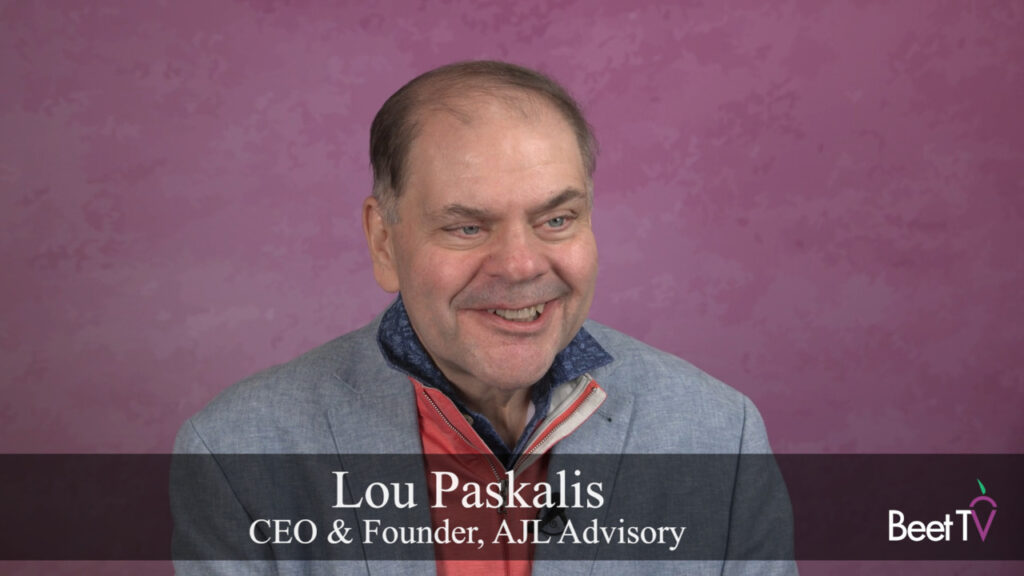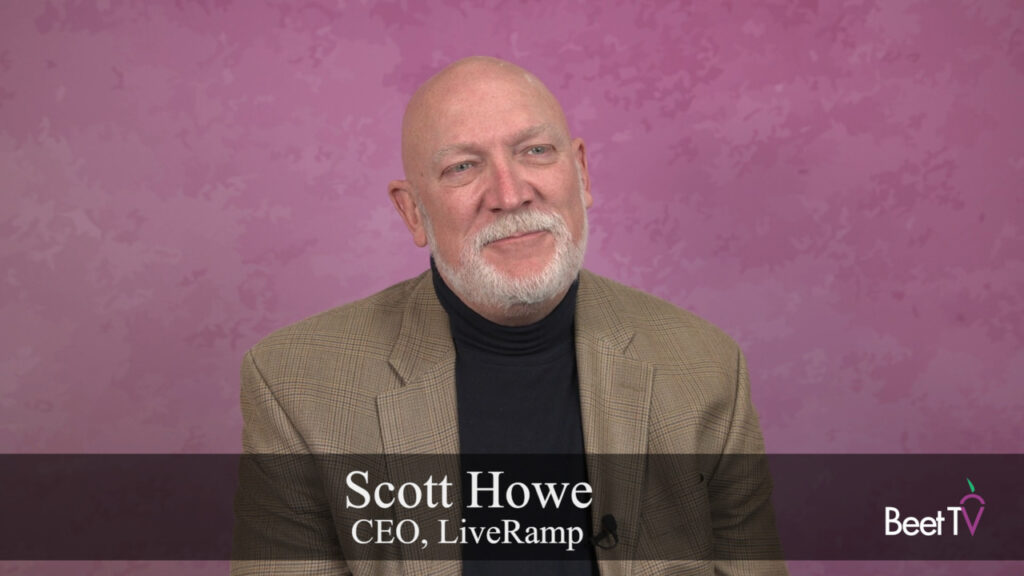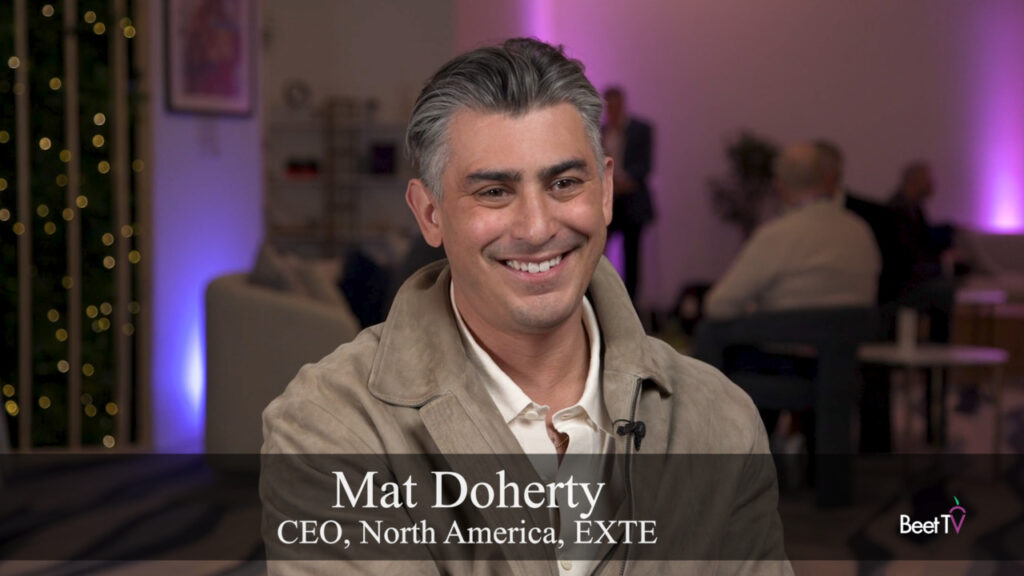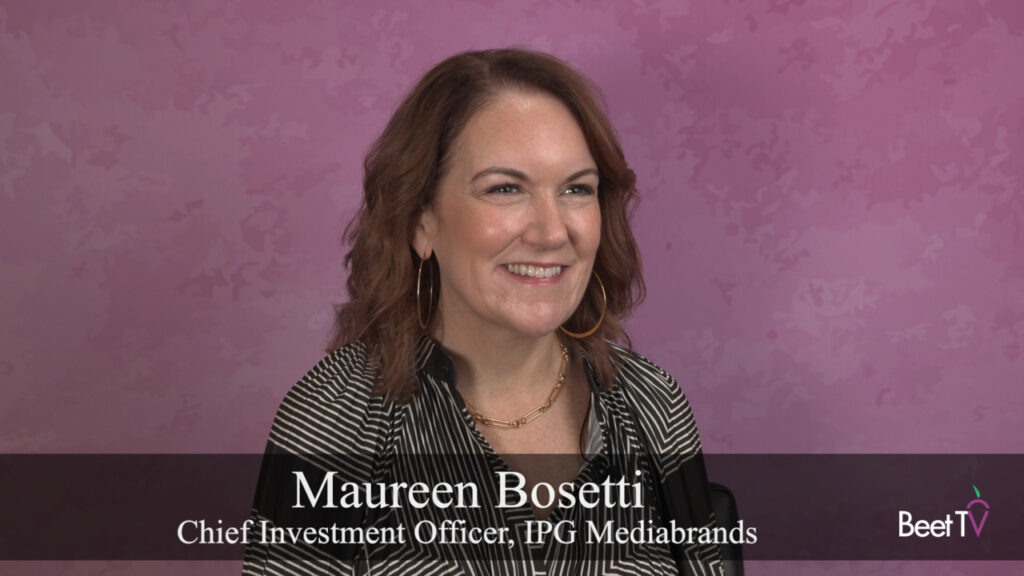The convergence of traditional broadcasting and digital technology is transforming the media industry, including local TV stations that carry a mix of network programming and regional news. With advertisers buying media based on viewer impressions, which is common on digital platforms, local stations are shifting from metrics like ratings points.
“For a long time, we’ve been selling off of rating points, and we’re the only media that’s doing it. Most everybody else has been on impressions,” Doug Lowe, executive vice president of the broadcast group at Meredith Corp., said in this interview with Beet.TV. “We’re in the process, like everybody else is — the agencies and other TV stations — of switching to impressions.”
Meredith reaches 12 million U.S. households among its stations, which include affiliates of every major national broadcast network in more than a dozen cities. Technological innovation is changing the way its stations sell advertising to marketers that seek regional focus.
“Going to impressions is the first step, and then using the technology that’s being created,” Lowe said. “We use WideOrbit, like most people use WideOrbit, but can attach themselves to almost anything and make it easier to buy local.”
Like other broadcasters, Meredith’s stations produce newscasts that not only run on live television, but also on websites and streaming platforms.
“Convergence is … taking our content and expanding it in different directions, and being able to monetize it in different ways,” Lowe said.
Pandemic Disruptions
The pandemic forced Meredith’s stations to revamp their operations to protect employees from getting infected.
“If you had asked me a year ago if we could do a newscast remotely with nobody in the TV stations, I would have laughed at you,” Lowe said. “Within a week, we figured out how to do it.”
The company has discovered that remote work has some advantages, though Lowe still sees a need for people to be able to collaborate while working in the same building. He said he’s hopeful that vaccines will enable people to see each other in person, and have impromptu conversations that lead to solving problems and getting things done.
“We’ve been able to run our business remotely, and we’ve actually learned some things that going forward, it’s more efficient for some people to be working remotely than at the station,” he said. “On the negative side, there’s not as much collaboration as we’d like.”
Changing Viewing Habits
Distributing video content through over-the-top (OTT) platforms is an important step in reaching younger audiences who tend to consume content on connected devices like smart TVs and mobile phones.
“We have to provide our content to where viewers want to consume it,” Lowe said. “OTT is a new sexy thing. It’s in its infancy, but we need to be there and be testing and trying and doing research with our viewers to see what they want to consume, how they want to consume it and when they want to consume it.”
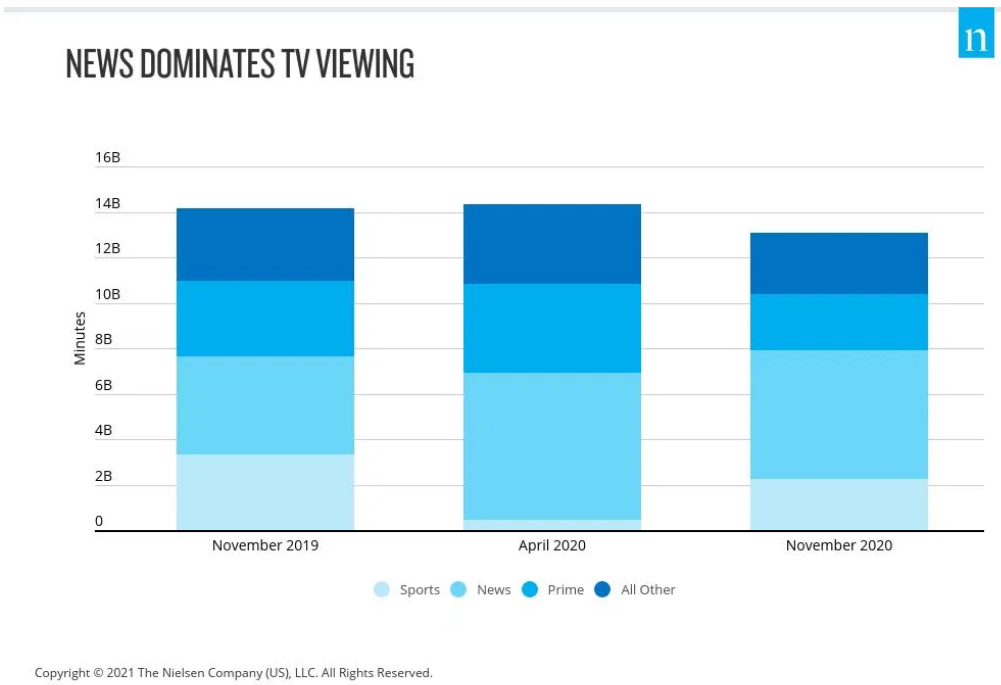
Source: Nielsen
He said ratings are still strong for local TV, and the pandemic led to higher demand for trustworthy news and information about regional developments. Still, it’s challenging to engage younger audiences who spend less time with traditional linear TV or print.
“If you look at the demographics of a typical TV station, it’s older. There’s a whole younger audience that, we learned during the pandemic they know who we are, they trust our brands, they find us, but on a day-to-day basis, they don’t consume us,” Lowe said. “When there was a need to understand what was going on with Covid, they came to a TV station.”
Innovation requires a willingness to take risks and to try new things amid the significant changes in consumer habits, he said.
“We need to think differently. We need to try things,” Lowe said. “Failure isn’t having things not work. Failure now is not trying new things.”
You are watching “Reaching Convergence: Finding Unified Solutions,” a Beet.TV leadership series presented by WideOrbit. For more videos, please visit this page.












